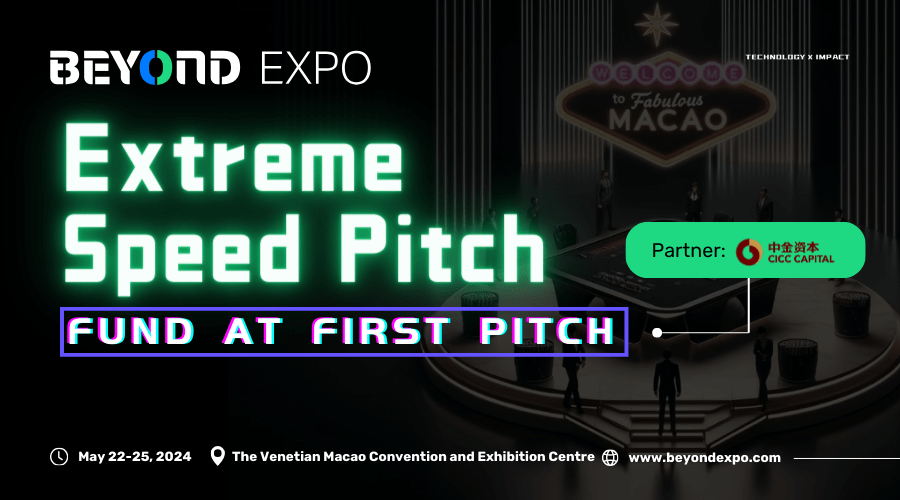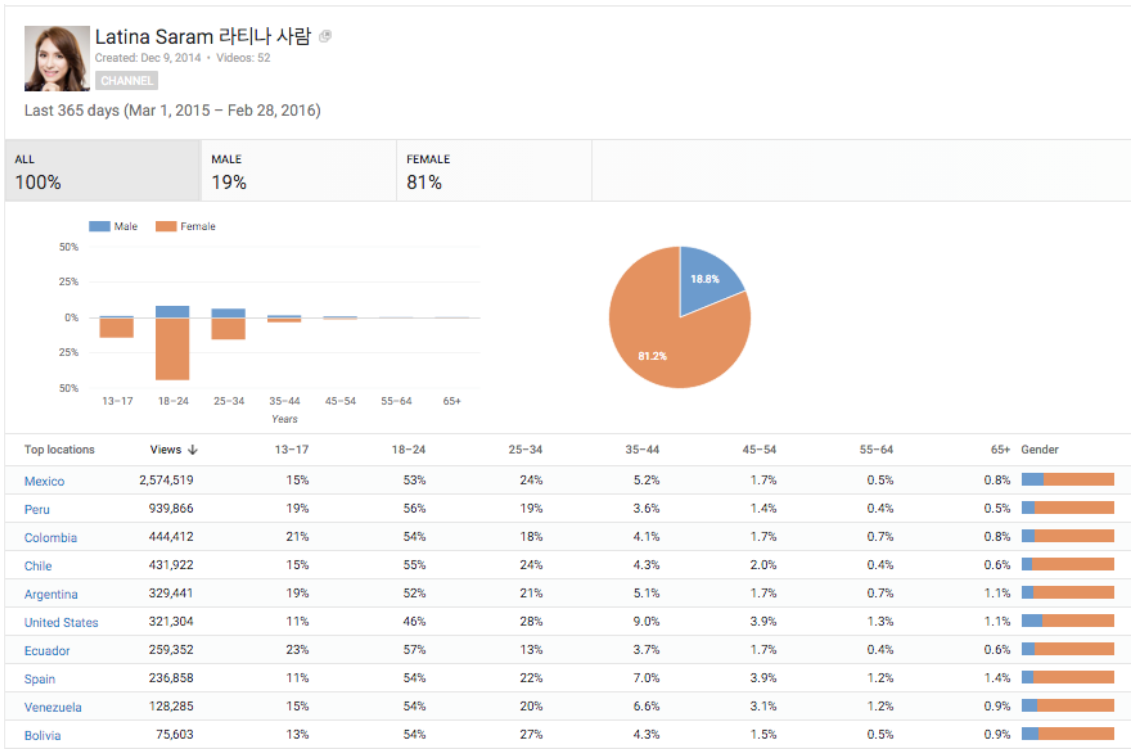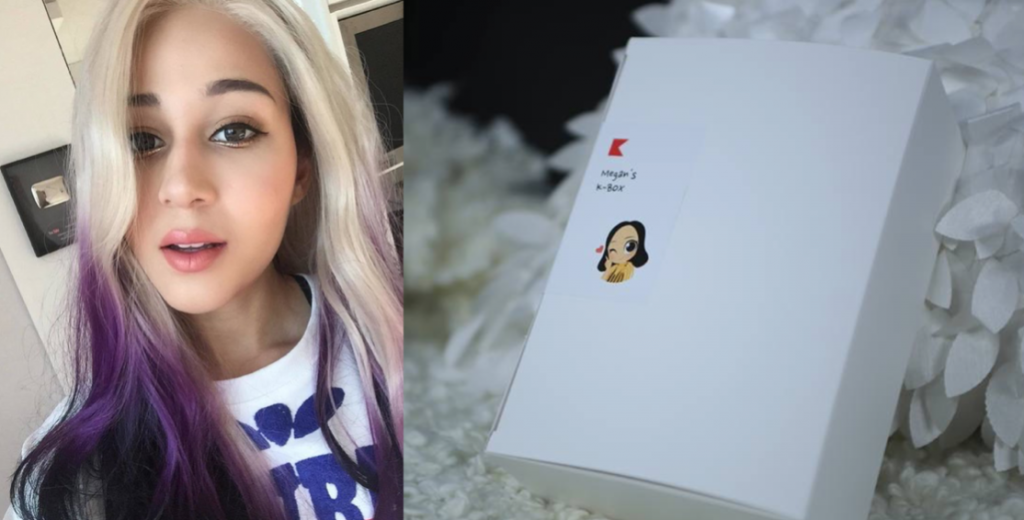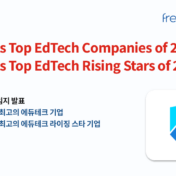Last January, there was a special event in Peru, South America. It was a fan meeting event of Nardy Santana (Latinasaram), an YouTube MCN star who creates various contents which are based on the Hallyu Wave (Korean ‘cultural wave’ fuelled by the Entertainment Industry), and more than 2000 fans came all the way to see Nardy. This happened just a year after Nardy had started her YouTube channel called Latina Saram. She now has over 150,000 subscribers and a fan club consists of 4000 fans who are mainly from Spanish speaking countries. Nardy’s fan meeting event was broadcasted through Peru’s local TV and Internet broadcast that day.
Nardy Santana has a special distinction compares to the other top domestic MCN stars. It is her major subscribers’ demographic. Her major subscribers are within the 10-20 age range, primarily from Mexico, Peru, Columbia, Argentina, Chile and other countries speaking Spanish, and they take 80% of all subscribers. Her videos on her YouTube channel, Latina Saram, are playing a role of a ‘Curasumer’ (a person who senses the needs for change of the service or quality of a product, and tries to find a solution independently) about products or contents of Hallyu. Nardy independently directs and sorts content. This made her storytelling power special, and resulted in her videos spreading at a faster rate than anticipated. Not to mention that subscribers, who were tired of receiving information from companies which only deliver a biased view, are happy to support Nardy via social networking sites. Per Cromwell, a Swedish PR expert, said “a good storytelling is to make other people to recreate their stories after hearing the story from you”.
“I think the recently released video by ChoNunMigookSaram (Megan Bowen’s Hallyu based YouTube channel which has 350,000 subscribers mainly from English-speaking nations), called ‘Kpop Stars Pronounce Western Female Names’ done with Kpop Idol group, Topp Dogg is a good example of content recreation. Benchmarked the format of BuzzFeed’s viral video and adapted it to Kpop group, this project has attracted 1 million views, 65,000 likes and 6700 comments within just one week from its release. This record has already exceeded the average engagement ratio of Buzzfeed contents. Not only that, thanks to vertical media platforms such as ALLKPOP, KMUSIC, KOOGLE TV which have participated in this project simultaneously and made it possible to spread and recreated more, Megan Bowen could get 15,000 new subscribers.

Megan Bowen’s recent video about the collaboration project called ‘Kpop Stars Pronounce Western Female Names’ done with Kpop boy group named ToppDogg – News from KMUSIC
Since MCN stars already have built firm system of engagement and contents recreation in their respective vertical areas, if they can manage and maintain the continuous quality of content, they can grow as one of the most sustainable marketing platforms within just 2 to 3 years. For example, Nardy Santana and Megan Bowen have launched a cross-boarding commerce business in which they simultaneously curate Hallyu-related products (cosmetics or fashion items), thoughtfully packed into boxes to be shipped to subscribers in Spanish and English speaking countries. Moreover, they started prototyping a new O2O business model which involves collaborative promotions and fanmeeting events for K-Pop groups in time for their comebacks, with the aim to spread K-Pop internationally.
Content-spreading strategies of MCN stars which can build firm global consumers before releasing products or services is a good reference for startup companies in Korea which are preparing to go global. Kevin Hale, a partner of Y Combinator, said “Prospective demand which is anticipated by startups is wrong most of the time, but if they finish building 90% of prospective demand group before releasing, it will be the inverse concept.” He also highlighted the creative approach which firstly rallies groups that are sharing common interests and then develop products creatively, rather than plunging straight into sales. He also used this creative approach, collecting customers first and then selling it next, and succeeded to collect 35,000 customers in 2 years. Based on that, he made WuFoo service which is an automatic tool that can read market related database and scripts, and sold it to SurveyMonkey at 35 million dollars.
JunSung Jo who is managing global creators at GoodTimeWith.Me through a strategic investment and partnership with Treasure Hunter, a Korean representative MCN company, said “we aim to achieve economy of scale in global marketing though cooperating with global creators who have 3 to 5 million subscribers in their respective vertical areas, not only with the creators that we are managing in-house.” He also added that K-Pop or Hallyu contents are good assets to attract them, and he noted GoodTimeWith.Me is going to grow as a platform company which leads various collaboration projects with global creators and global companies which have needs in global PR.
So far we have learned how MCN stars created their own strategies to grow. They build firm engagement and contents recreation system in their respective vertical areas, and collect customer groups who are willing to buy or use the services or products in the future. They always react to their subscribers’ reactions and comments, and form solid plans for future content. In this process, MCN stars can get a more direct, reliable perspective of customer needs, and this makes it possible to experiment various sustainable business models. Just like what Kevin Hale said, “collecting 90% of customer groups previously is the inverse concept. Prospective demand which is anticipated by startups are wrong most of the time”.








